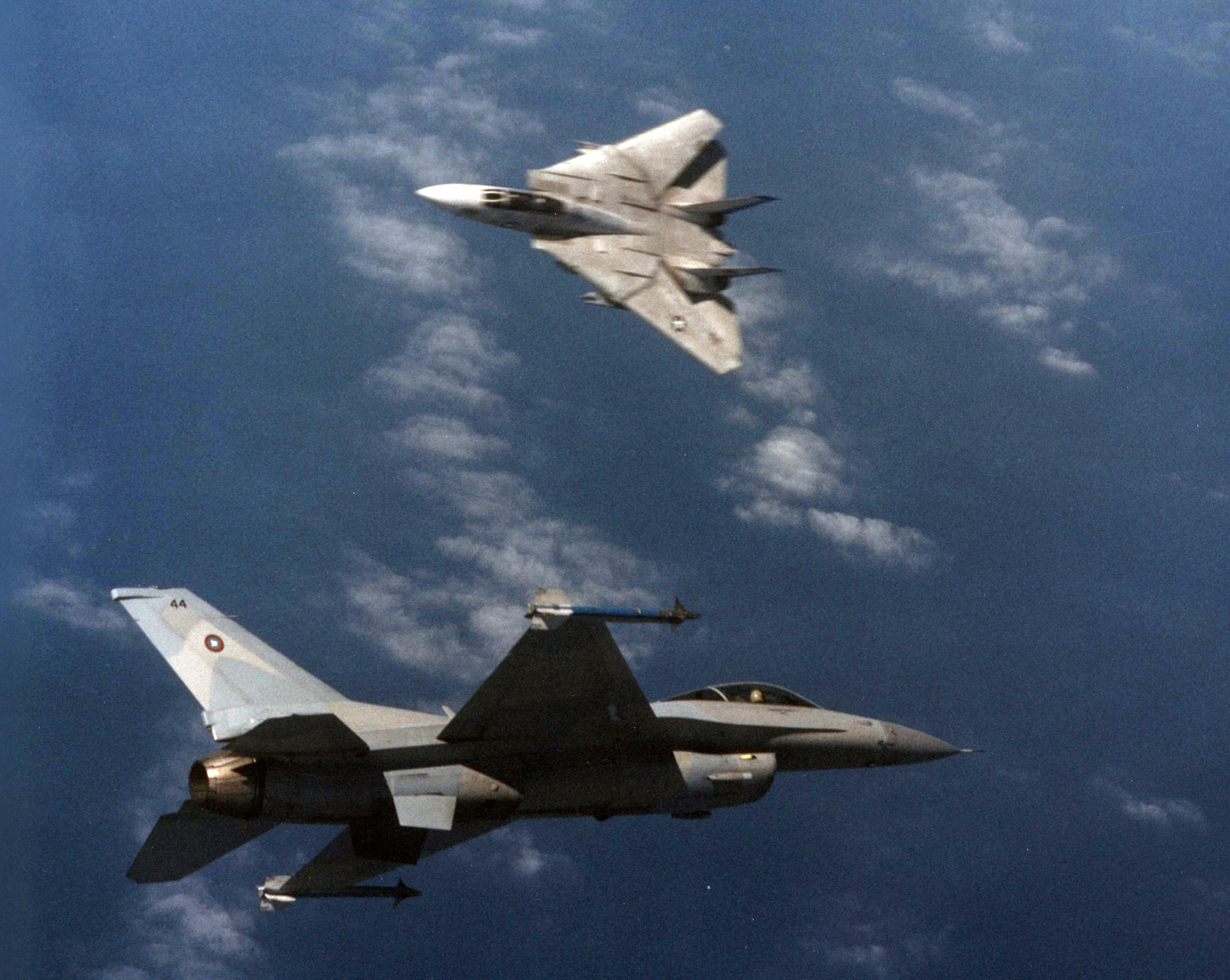The Headbutt Maneuver: When Pilots Go Head-to-Head
Picture this: a tense dogfight, two fighter jets spiraling through the sky, each pilot vying for the upper hand. Suddenly, one jet makes a daring move, positioning itself directly in front of the other, almost as if they're about to collide. This, my friends, is the essence of the Headbutt Maneuver, a high-risk, high-reward tactic that has captivated aviation enthusiasts for decades.
What Exactly is the Headbutt Maneuver?
The Headbutt Maneuver, also known as "cutting him off at the pass", involves a fighter pilot positioning their aircraft directly in the flight path of an enemy aircraft [1]. The goal isn't necessarily to collide (although that has happened!), but to force the opposing pilot to react defensively, bleed off speed, or break off their attack [2]. It’s a display of audacity, skill, and a touch of psychological warfare.
Why is it so Risky?
The Headbutt Maneuver is inherently dangerous for several reasons:
- Collision Risk: Misjudgment can lead to a catastrophic mid-air collision [2].
- Vulnerability: While executing the maneuver, the attacking aircraft is momentarily exposed.
- Requires Precision: The maneuver demands incredible piloting skill, timing, and spatial awareness [3].
The Psychology Behind the Maneuver
Beyond the technical aspects, the Headbutt Maneuver is a psychological game. By boldly placing their aircraft in harm's way, the pilot aims to intimidate their opponent, disrupting their focus and forcing them into a reactive position. It's a way of saying, "I'm in control, and I'm willing to take risks you aren't."
Historical Significance
While specific historical records directly labeling aerial tactics as "Headbutt Maneuvers" might be limited, the concept of aggressively cutting off an opponent's flight path has likely been employed throughout aviation history. Similar daring tactics have been documented in various conflicts, showcasing pilots' willingness to push boundaries for aerial dominance.
Is it Still Relevant Today?
With the rise of advanced missile technology and beyond-visual-range combat, traditional dogfighting has become less frequent. However, the principles behind the Headbutt Maneuver – daring, aggression, and disrupting the enemy's plan – remain relevant in modern aerial warfare [1]. Even in the age of drones and sophisticated weaponry, the element of human skill and psychological warfare can still play a crucial role.
Modern Adaptations
Although a direct “headbutt” might be rare in modern combat, similar aggressive maneuvers are still practiced. These include:
- Using terrain: Flying low to the ground to mask your approach and surprise the enemy.
- Aggressive positioning: Placing your aircraft in a way that limits the enemy's options.
- Electronic warfare: Disrupting the enemy's radar and communications to create confusion.
Want to Learn More About Aviation?
The Headbutt Maneuver is just one example of the daring and innovative tactics used by fighter pilots throughout history. From the Red Baron to the modern-day Top Guns, aviation has always been a realm of cutting-edge technology and unparalleled human skill.
Explore our website for more articles on aviation history, fighter jet technology, and the incredible men and women who push the boundaries of flight. Sign up for our newsletter to receive the latest updates and exclusive content!

